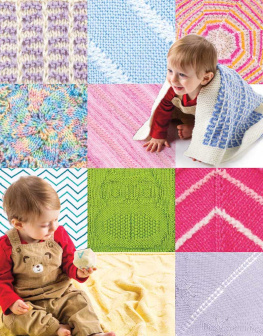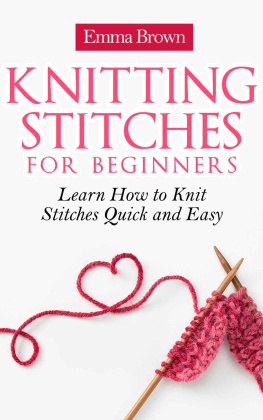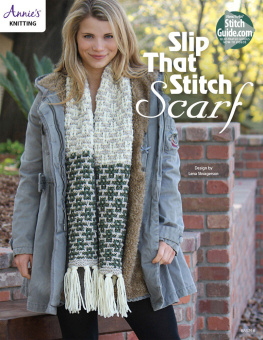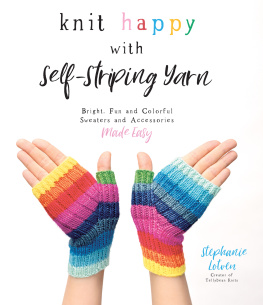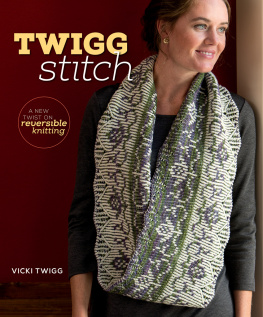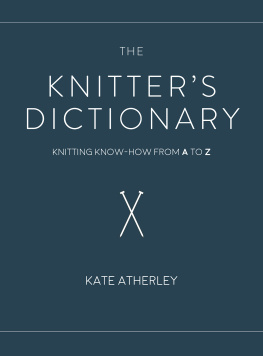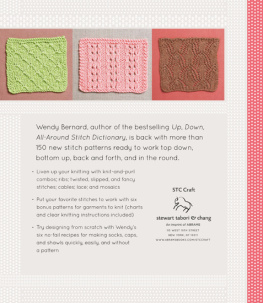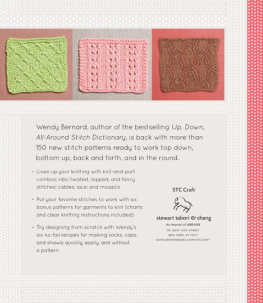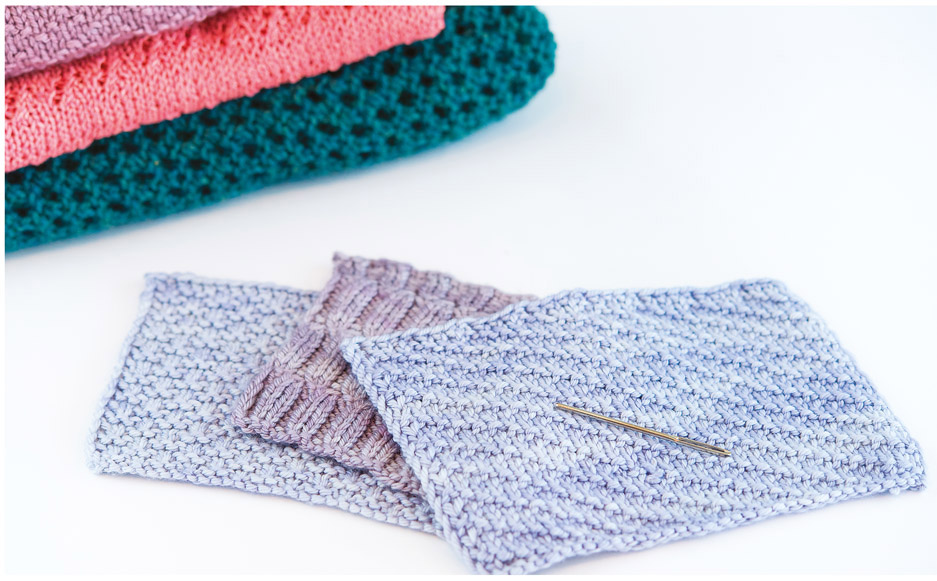The pattern recipes utilize these standard abbreviations.
| Approx. | Approximately |
| Beg | Begin(ing) |
| BO | Bind off |
| BOR | Beginning of round |
| CO | Cast on |
| Cont | Continue |
| Dec(s) | Decrease(s) |
| Dpn(s) | Double-pointed needles |
| Est | Establish(ed) |
| Foll | Following |
| Inc(s) | Increase(s) |
| K | Knit |
| K2tog | Knit two stitches together |
| K3tog | Knit three stitches together |
| Kfb | Knit front and back |
| LH | Left-hand |
| M | Marker |
| M1 | Make 1 |
| P | Purl |
| Patt | Pattern |
| Pm | Place marker |
| Psso | Pass the slipped stitch over |
| Pwise | Purlwise |
| P2tog | Purl two stitches together |
| Rem | Remain(ing) |
| Rep(s) | Repeat(s) |
| RH | Right-hand |
| Rnd(s) | Round(s) |
| RS | Right side |
| Sl | Slip |
| Ssk | Slip, slip, knit: Sl next st as if to knit, the next stitch as if to purl, and then insert the left-hand needle into the front of both stitches and knit together through the back loop |
| sssk | Sl next 2 sts as if to knit, the next st as if to purl, and then insert the left hand needle into the front of both sts and knit together through the back loops |
| St(s) | Stitch(es) |
| St st | Stockinette st |
| Tbl | Through the back loop(s) |
| Tog | Together |
| WS | Wrong side |
| Wyib | With yarn in back |
| Wyif | With yarn in front |
| Yo | Yarn over |
I am incredibly blessed to have such a huge support network in my life through my family and friends. Their encouragement, hugs, laughter, late-night texts, uplifting emails, and, dare I say, even eye-rolling at my dramatic moments have helped my confidence as I step closer to the person, designer, and author I strive to be one day.
I especially could not do any part of my job (or most aspects of life) without my husband, Jeremy, by my side. He and my girls, Ayla and Sophie, are my biggest cheerleaders, making me feel as if I can take on the world. They are the inspiration that lights everything I do.
My deepest love and gratitude to my mom, Cynthia, for the laughs but even more for the advice and support that help me think through the puzzles.
SO many thanks to my co-workers and friends at SweetGeorgia Yarns: Felicia, Teresa, Hubert, Brigid, Leah, Charlotte, Jessica, Yammie, David, Heather, Hoi, Eugene, Deborah, and Allison. I literally could not have taken on a book without their unending reassurance and creative energy (and yarn support). Being on this team is one of the most amazing things I could ask for.
My sample knitters for this book are the biggest blessings on this planet: Rose Tussing, Danielle Cohen, Abby Martin, Jessica Parker, Jessica Anderson, and Elke at Knit-Smile-Enjoy. You guys are invaluable!
To my dearest friends who have been by my side mentally and emotionally throughout this whole projectCat Whitlock, Mary Beth Temple, Lindsey Stephens, Rose Tussing, Jen Cook, Corrina Ferguson, Kara Gott Warner, Amy Alcorn, Jill Wright, and Adam and Julia Wilsongo my unending love, raised glasses, and plentiful I owe you ones.
And finally, many thanks to my editor, Candi Derr, for her encouragement from the beginning. I couldnt ask for a better one.
The formatting of these interactive patterns might look a little unusual, but I will walk you through the basic steps, from choosing yarn to reading the instructions, so you have a great experience from start to finish.
The yarn is the star of the show! Understanding its weight and fiber makeup will have a big impact on the success of your final piece. That knowledge will also guide you in choosing an appropriate gauge and stitch pattern for a beautiful transformation into a final knitted piece.
YARN WEIGHT STANDARDS
First things first: Know the weight of your yarn. This ensures that it is appropriate for the pattern selection. For example, a bulky-weight yarn might not be the best choice for a summery tank top.
The Craft Yarn Council website has a booklet and downloadable symbol chart you can use to confirm your chosen yarn. The table below reflects the general guidelines.
FIBER CONTENT
After the weight of the yarn, look at the fibers used in the makeup. There are a wealth of amazing fibers and blends available, and they each offer their own distinct effect on the fabric youll end up with. Heres a breakdown of the major fibers and materials youll find:
- Wool: This sheep fiber has a natural memory, which helps the stitches remember what to do with themselves. What that means for you is that the fabric wants to return to its natural shape, making it ideal for every level of knitter and a wide range of stitch patterns. Wool is lightweight, warm, and breathable.
- Superwash wool: Superwash wool has all the same properties of regular wool but with more smoothness. Because the scales have been removed or glued down, you can agitate it a little more when washing without worrying about felting (i.e., its easier to care for).
- Alpaca: This protein fiber is dense, warm, and often smooth, though it isnt elastic. That lack of elasticity means that it might droop, depending on your project and looseness of gauge, but it has a lovely drape that is addictive.
- Mohair: This angora goat fiber is soft and distinctive, though it can be rather slippery. The unique halo and elasticity are fascinating to work with, especially when blended with stronger fibers.
- Luxury fibers: Cashmere, bison, yak, and qiviut, to name a few, are down (or undercoat) hairs with unparalleled softness and insulation. The downside to them is how short and fine the fiber is; it means that they are better blended with something stronger and more elastic to compensate.
- Silk: Part animal, part plant, silk adds a delicious luster, as well as a luminous, smooth sheen to fabrics. It is quite inelastic and heavy on its own, so it is best used in a blend with something like wool.
- Cotton: Softness reigns supreme with this plant fiber, perfect for next-to-skin projects. On its own, it can be heavy (droopy) and inelastic, so choose your projects with this quality in mind. Blended with a breathable fiber, cotton provides a lovely drape and additional strength.
- Linen and hemp: Coming from the stalk of the plant, these fibers are super strong, lustrous, and light. They boast a stunning drape and a softness that gets better with each washing. They arent warm or elastic, though, so they can overpower the stitch pattern you choose.


